The powder keg in the Kivu’s is still growing but Kinshasa is losing the momentum (Part 1)
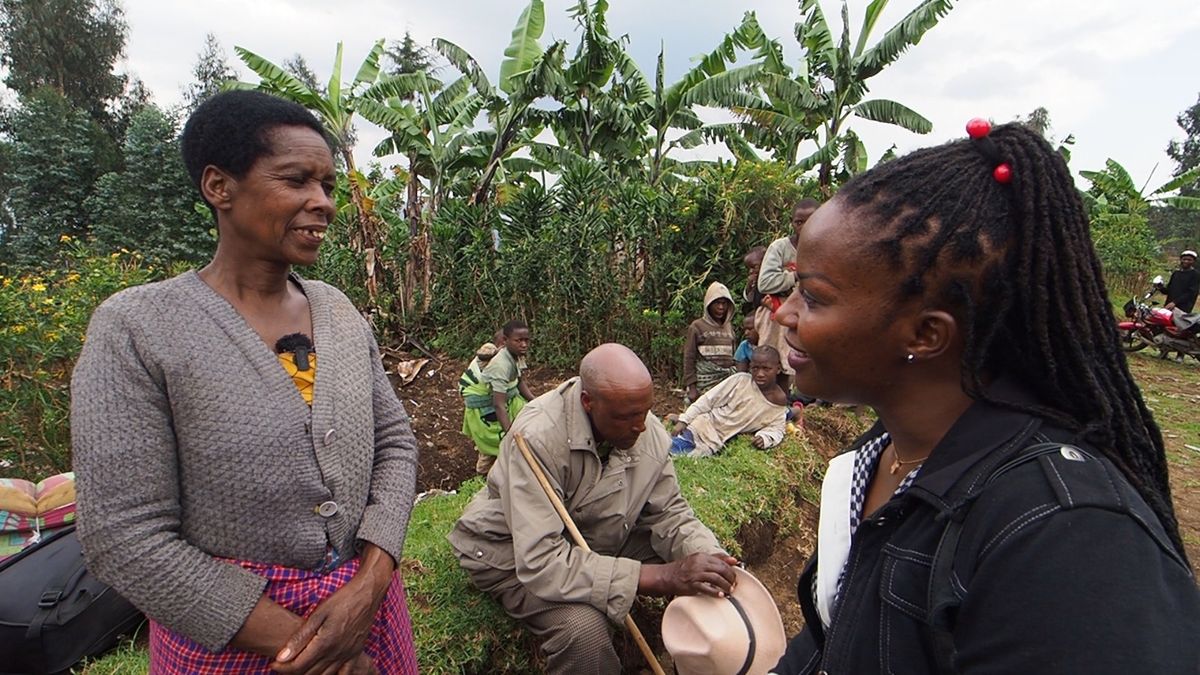
We just returned from a trip through the M23 controlled zone in North-Kivu. The idea was to pass the microphone to the top brass of the M23 leadership and to check the social and military situation on the spot. This was already our third visit to the area. Six weeks ago, we published an article in which we analyzed how explosive the situation had become. We received mails and messages of readers who accused us of being too cynical and too pessimist in this analysis. The hostilities between the FARDC-FDLR coalition tempered and this seemed proof enough for them to claim that it was not that bad and critical at all. But is this so? In this paper we’ll sum up our findings on the spot. We even talked to people who do not like the presence of the Makenga rebel group. The situation is so complex that most outsiders do not understand it well and in which those who do anyway can easily hide their own shortcomings and wrong decisions behind the chaos. And you’re right in the assessment that we do not own the complete truth ourselves as well.
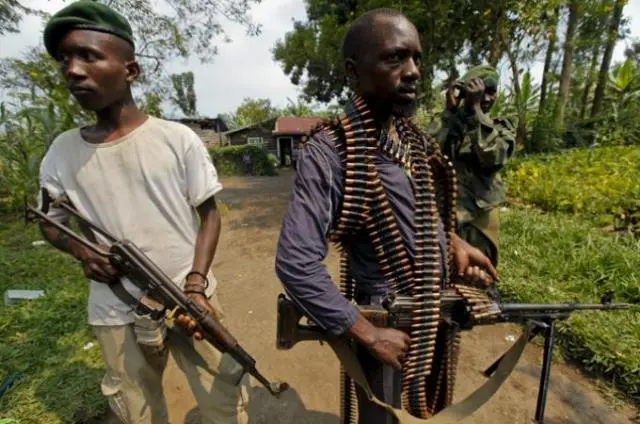
Findings and observations
When we travelled to Kishishe six months ago the EACRF was not present yet in the zones they control now. So, we were able to travel from Rutshuru to Tongo and Bambo and from there on to Kishishe. This area seemed well under the control of the M23 who had deployed several bases on the main road axes and who had managed to clear these strategically and economically FDLR-zones of the FDLR military wing. The core of the FDLR business were situated in this region and losing them was a serious blow for the Hutu extremists and their local Congolese allies, the Nyatura. The FARDC was backing up this monkey scheme because they were its most important commissioners. When thye M23 moved into Bambo and Kishishe and chased out the FDLR from their ‘Domaine-garden’ the FDLR lost one of their biggest money-making assets. But that’s not the reason we travelled to Kishishe. We went there after Kinshasa came up with a story that more than 400 innocent villagers were executed there by the M23 and the RDF. This story was fabricated by a couple of local politicians and civil society leaders who all were making good cash when the FDLR was still present. But Patrick Muyaya, the Congolese minister of Information, saw an opportunity to tarnish the reputation of the M23. The international press, Human Rights Watch and the UN jumped on his wagon. We found out on the spot that only approximatively 20 villagers were killed in the crossfire between FDLR and M23. After the M23 evacuated the area to give the EACRF room to deploy AFP went to Kishishe to come up with similar findings. They only added a couple of skeletons to that they found on the way from Rwindi to Kishishe and they still called the events in Kishishe a massacre in their article. This is already a manipulation of the reality. But the French journalist, Alexis Hughet who is known for his anti-Rwandan statements on the social media, didn’t dare to push this much further because the facts on the spot were too obvious.
When we visited Kishishe the M23 was relatively well in control of the situation on the spot but the FDLR was still a little bit present behind the curtains. I specifically say ‘relatively well’ because we also visited Bwiza after that and on the way back the FDLR tried to ambush us in a small village at
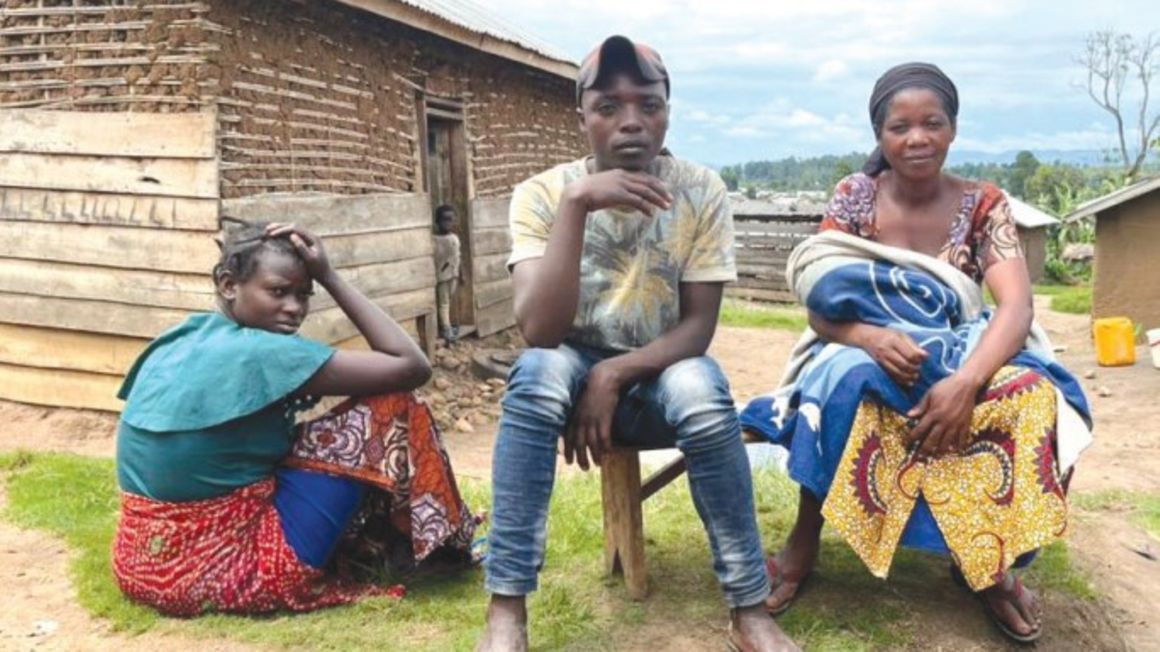
10 kilometers from Tongo. They had received orders to kill us but the M23 had anticipated their move and was able to stop them well before we reached that spot.
During our previous visit, 7 weeks ago, we witnessed how life was getting back to normal in places such as Rutshuru, Rugari, Rumangabo, Kibumba, Chengerero, Kiwanja and Bunagana. We talked to several villagers of which some were happy with the M23 presence and others were not. Mainly because the business trade with Goma had come to a near standstill and others had been making money before in the charcoal trade (completely under the control of the FDLR and the Nyatura) and the vegetable trade. But they all agreed on one thing: they were feeling safer with the M23 around and they were all happy that the FARDC, the ANR and the DGM had left the area and was not able any longer to harass them. The atmosphere in these villages was relatively relaxed. The EACRF had also deployed and the M23 had withdrawn itself into positions outside their villages. Most of the people in Congo have learned not to look too far into the future and they focus on day-to-day survival to feed their families. Burt we were receiving the first indications that the presence of the EACRF was not manifesting itself in the way that was discussed before: The Burundian EAC contingent was collaboration with the FDLR, the Sudanese Force and the Kenyans had not deployed in Kishishe yet and the Ugandans were only showing their flag on armored personal carriers. As if they were all afraid to get shot at! But their presence was still smoothening the atmosphere.
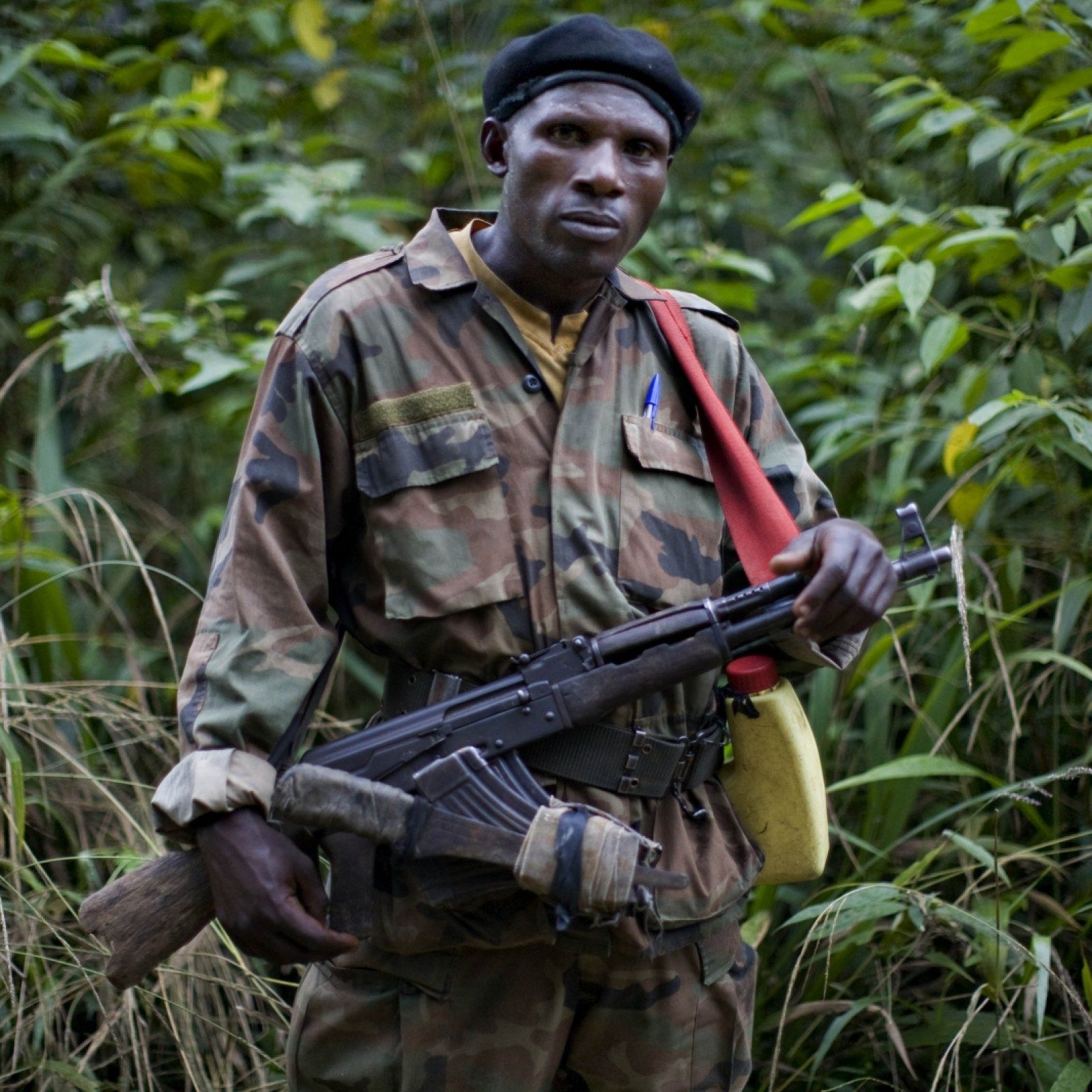
Current situation
This rather relaxed atmosphere was not present any more in the villages we visited a couple of days ago: the M23 was again verry present on the main axe between Kibumba and Rugari and was building and digging defensive positions on several spots we passed. Our sources in the M23 told us that the FARDC was observing most of their moves with observation drones and that the M23 officers had given them the order to be sharp and ready to defend themselves at any moment. Our drivers went very fast on open roads. A spotted M23 jeep could attract artillery shells from FARDC positions. “We are ready for the worst possible situations now,” an M23 corporal told us. “We all know that very soon we will be engaged in a much bigger war and that some of us are going to die but we are ready, and we all want to fight. Those wazalendo do not scare us: we already faced them in Masisi and in Tongo and they are badly trained and easy targets. The FDLR are using them as shields. Most of the FDLR artillery positions are also in reach of our mobile mortar units. The mercenaries are nowhere to be seen on the frontlines. No Sir, for us things will become clearer and easier once the situation gets worse.”

In Bunagana and Rutshuru we also talk to civilians, and they also know that big dark clouds are gathering in the sky. “After the M23 took Rutshuru we fled to Goma where we ended up in a camp for displaced people,” tells us a woman that passes by. “We didn’t trust the M23 to start with but as our situation in that camp was getting worse by the day and as we were receiving news from the home front that the M23 was respecting the people in the zones they occupied we decided to come back. In our camp just outside Goma a power struggle erupted between two wazalendo groups to control the camp, girls were raped every Day and the wazalendo and the FDLR stole all our provisions. Young boys were forced to join them. We were lucky to make it back to Rutshuru. Our kids can go to school here and we can go to church on Saturdays and Sundays. The wazalendo told us that they’ll soon attack the M23 and Rwanda. But most of the displaced people do not trust the Congolese army or the Congolese leadership any longer and they all want to return home before the clash erupts.”
Tutsi survivors
Another sign that those clouds are effectively gathering above the Virunga’s are the growing number of Tutsi refugees who are fleeing Masisi. Those with valid papers try to find shelter in Rwanda via ‘La Grande Barriere’ in Goma. Those without papers are fleeing to the M23 zone. If they can get there alive, they can travel to Rwanda via Uganda or via several sneak routes in the Virunga area. Many of them die on this hazardous trek. Rwandan authorities are registering between 50 to 100 refugees per day but their numbers might be bigger given the fact that most of them lost their ID’s to escape the FDLR and the Nyatura check points inside Masisi and in the Rutshuru plain these survivors have to take big risks.
“The situation is getting out of control big time,” tells us an old man who fled Kilolirwe over the hills into the Rutshuru plains and who was able the safety of the M23 lines just outside Rumangabo. “They burned our houses, they stole our cattle, young Tutsi girls are being raped at random and younger men are often killed. Staying there would be suicide. When the M23 left the area, we were put under the protection of the Burundian EAC force, but they are collaborating with the FDKLR. We could not travel to Goma because our papers were burned in our house. Those EAC troops are a joke! We walked several days to reach this place. Thanks god we made it and thanks god we were strong enough to cross those hills. We walked at night, and we hid during the day.” A couple of other refugees confirmed his story.
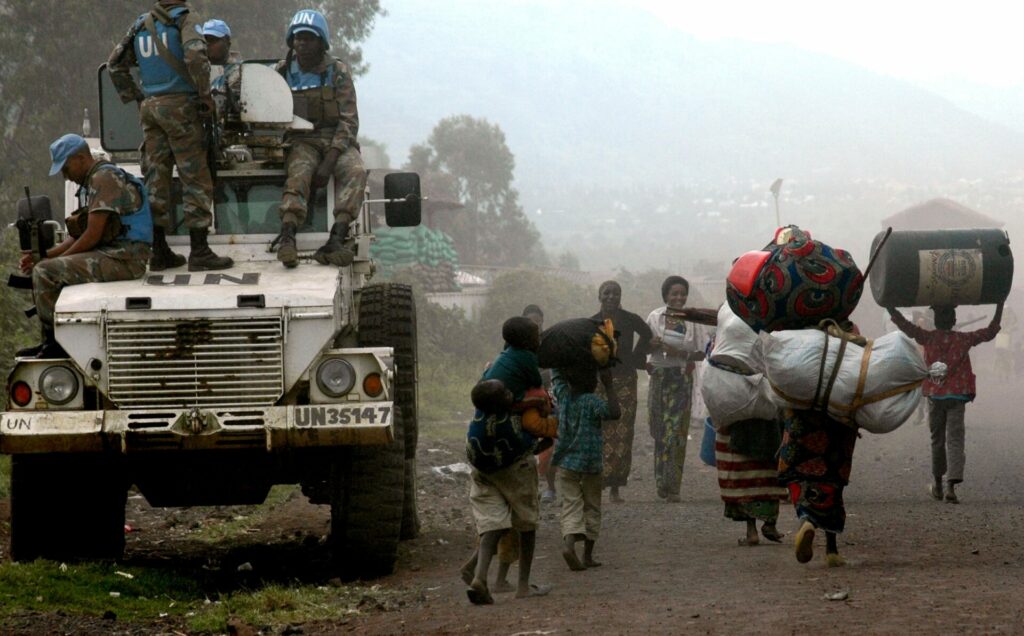
Indications of war
“We follow the news on the social media,” tells us a schoolteacher who is on his way to church. “I’m not a Tutsi and I really don’t like this situation. But the things the Kinshasa media are putting online are mostly fake. Now we all know that a bigger war will be the only solution to solve this problem once and for all. The local population is being pushed between the hammer and the iron. The M23 is preparing itself to fight, we can see that, and they are not hiding their feelings. They have become stricter now than they were before. “
We covered several wars in the past and the current atmosphere in the M23 zone indicates that a bigger war is imminent. People have lost their faith in the EAC, MONUSCO and stories about peace and peace negotiations are not believed any longer.
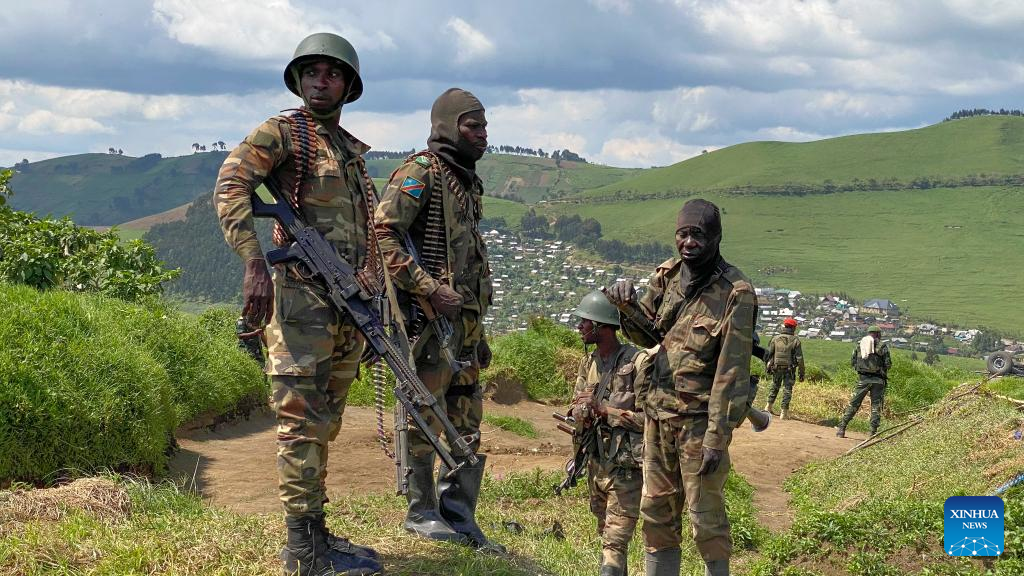
We stayed in the M23 zone for nearly 4 days. The interview with M23 President M23 Bertrand Bisimwa is already put online on our YouTube channel. Tomorrow we’ll publish a follow up story based on this interview and based on several off the record discussions with M23 officers, Congolese and Rwandan authorities and a couple of other analysts who are following up on this situation from close by. Most of them agree with our findings but many of them are afraid to speak out. There might be a new genocide in the making; the recent killings in Goma show clearly that the Congolese army and the FDLR are not hiding any longer their true nature. This reminds us of the situation in Kigali, in 1994, when the whole world witnessed what happened, but nobody had the guts to intervene to stop the madness.
Note: the link of the interview with M23-President Bertrand Bisimwa can be found here: https://www.youtube.com/watch?v=1D3Pt22Oalg
Adeline Umutoni & Marc Hoogsteyns, Kivu Press Agency.
